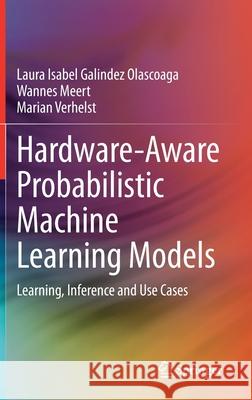Hardware-Aware Probabilistic Machine Learning Models: Learning, Inference and Use Cases » książka
topmenu
Hardware-Aware Probabilistic Machine Learning Models: Learning, Inference and Use Cases
ISBN-13: 9783030740412 / Angielski / Twarda / 2021 / 163 str.
Hardware-Aware Probabilistic Machine Learning Models: Learning, Inference and Use Cases
ISBN-13: 9783030740412 / Angielski / Twarda / 2021 / 163 str.
cena 322,77
(netto: 307,40 VAT: 5%)
Najniższa cena z 30 dni: 308,41
(netto: 307,40 VAT: 5%)
Najniższa cena z 30 dni: 308,41
Termin realizacji zamówienia:
ok. 22 dni roboczych
Bez gwarancji dostawy przed świętami
ok. 22 dni roboczych
Bez gwarancji dostawy przed świętami
Darmowa dostawa!
Kategorie:
Kategorie BISAC:
Wydawca:
Springer
Język:
Angielski
ISBN-13:
9783030740412
Rok wydania:
2021
Wydanie:
2021
Ilość stron:
163
Waga:
0.42 kg
Wymiary:
23.39 x 15.6 x 1.12
Oprawa:
Twarda
Wolumenów:
01
Dodatkowe informacje:
Wydanie ilustrowane











